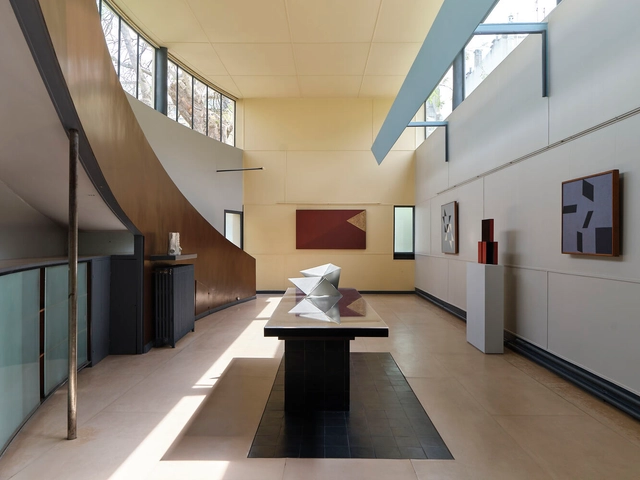
From projects, ideas, drawings, and sketches to photographs, models, material samples, and other documentation, these records embody years and memories of professional work responding to different needs, contexts, and purposes. Understanding that the architectural archive can serve as an effective method to inform and expand our understanding of collective intelligence, several foundations and architectural archives today take on multiple functions, extending their boundaries toward new horizons. Beyond preserving legacies and presenting them, they demonstrate the importance of promoting forward-looking cultural, social, and educational programs that engage younger generations in contemporary issues.


























.jpg?1540209301&format=webp&width=640&height=580)
.jpg?1540209293)
.jpg?1540209287)

FLC_Beaux_Arts_Paris_4juin2018_FLC.jpg?1540209273)
.jpg?1540209301)








